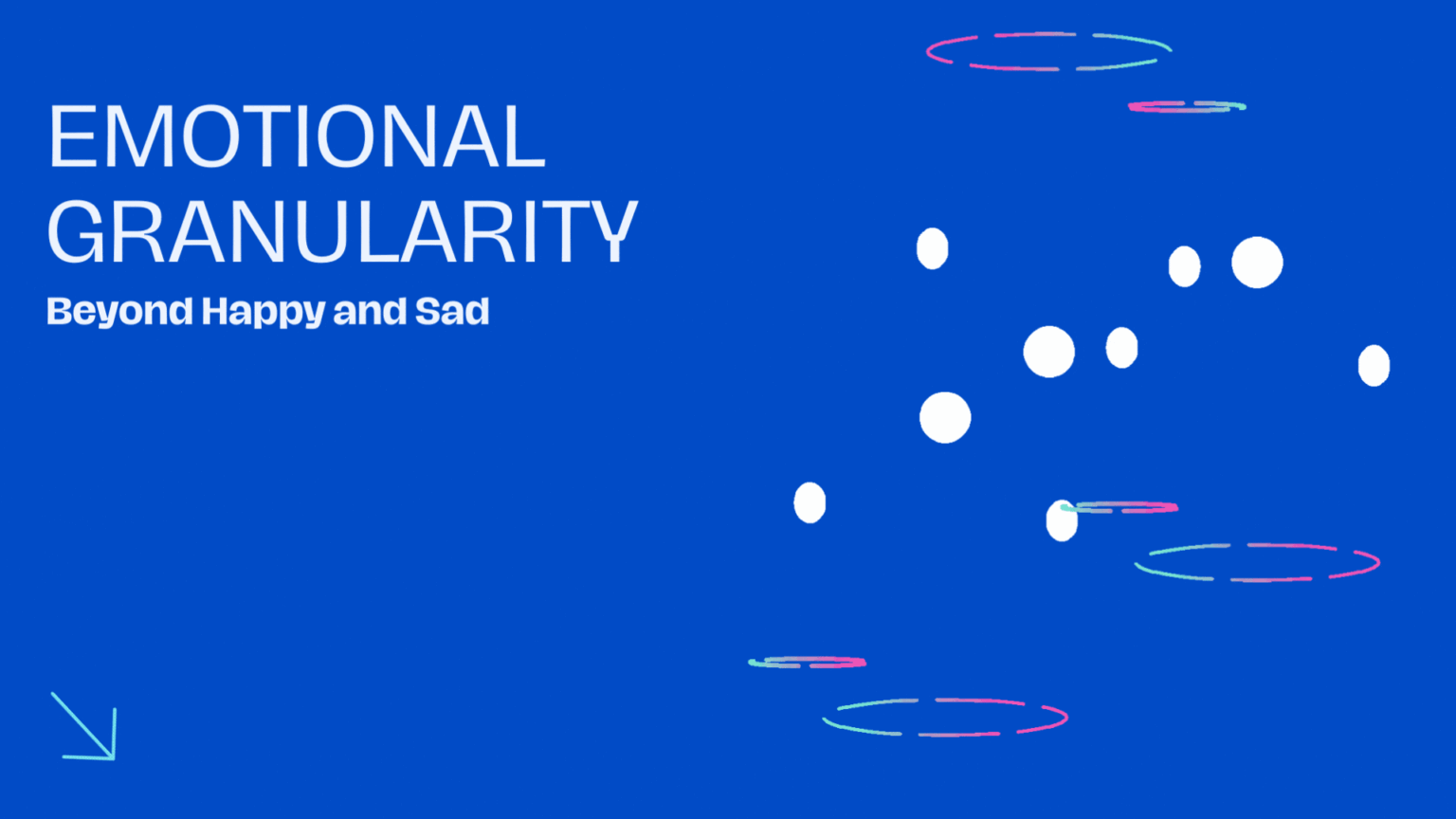Is making a bad decision still better than taking no decision?
Life is full of decisions, both minor and major. Some decisions can be easy to make, while some may be extremely difficult. Have you ever found yourself struggling to make a decision, so you end up with indecision? The question now is, is it still better to make a bad decision than not making a decision at all?
What constitutes a bad decision?
A bad decision refers to a choice that leads to negative consequences, it could be immediate or long-term. Sometimes a decision that seems perfect might eventually turn out bad. Making a bad decision is different from making the wrong decision. A wrong decision is a decision that is based on inaccurate or incomplete information. A bad decision stems from various reasons, and it is essential to understand why bad decisions happen to avoid repeating them in the future.
Factors that contribute to bad decision-making
Bad decision making can be as a result of decision fatigue, which means the brain becomes overwhelmed by too many decisions, causing it to make poor choices. Perception also plays a role in bad decisions; people often make decisions based on personal biases that cloud their judgment. Never making any decision can be a result of fear, self-doubt or lack of confidence in one’s ability to make sound decisions.
Examples of bad decisions
Bad decisions come in different shapes and forms. It could be choosing the wrong career path, investing money in a risky venture, or making decisions based solely on emotions rather than facts. Bad decisions can result in professional and personal failures that could have lasting impacts.
How to identify a bad decision
Identifying a bad decision can be a daunting task. Still, some of the red flags include feeling uncomfortable or anxious about a particular decision, having doubts about the decision even after making it, or making a decision based on irrational or insufficient information. The key to avoiding bad decisions is to learn from past experiences and mistakes and develop sound decision-making processes.
Why does making a bad decision outweigh taking no decision?
Making no decision at all can be equally detrimental as making a bad decision. Here’s why:
The negative impact of indecision on progress
Indecision can have negative effects on progress in both personal and professional life. Indecision can lead to missed opportunities or stalled progress. Progress is impossible without making decisions and taking action as every decision has the potential to set you on a path towards success.
How to learn from making a bad decision
Bad decisions can be valuable learning experiences. Learning from bad decisions can help in refining future decisions, broadening perspectives and increasing awareness of potential drawbacks. It is essential to analyze what went wrong, evaluate other possible outcomes and incorporate what you learned into future decision-making processes.
How making decisions helps improve critical thinking skills
Making decisions is an essential part of life, and it helps improve critical thinking skills. Every decision presents an opportunity to apply logic, past experiences, and knowledge to reach a conclusion. Making decisions regularly helps with developing a concrete decision-making process that can be applied to future decisions.
How to avoid making bad decisions?
Avoiding bad decisions is crucial to achieve success and avoid negative consequences. Here are some ways to avoid making bad decisions:
Recognizing personal biases
Understanding personal biases is essential to avoid bad decisions. Personal biases can cloud judgment and perception, leading to poor decision making. Recognizing personal biases and making a conscious effort to separate them from the decision-making process is crucial to making sound decisions.
Seeking advice and feedback from others
It’s important to seek advice and feedback from others when making decisions, especially when the stakes are high. Incorporating different perspectives broadens your knowledge and helps avoid potential drawbacks that you might have overlooked. Make sure to get feedback from people with different backgrounds and experiences.
Using decision-making tools and techniques
There are various decision-making tools and techniques available that can provide structure and guidance to the decision-making process. One such approach is the SWOT analysis, which helps identify Strengths, Weaknesses, Opportunities and Threats associated with a given decision. The Six Thinking Hats technique is helpful in streamlining thought processes and decision-making by assigning different colored hats to different thoughts.
How to make better decisions?
There is always room for improvement, and decision-making is no exception. Here are some ways to make better decisions:
Understanding the importance of making good decisions
Understanding the importance of making good decisions is crucial in developing a proactive approach to decision-making. Making good decisions can lead to better outcomes, promote growth, and help achieve aspirations.
Using data and information to support decision-making
Using data and information to support decision-making helps in achieving objectivity and enhances the accuracy of decision-making. Assimilating information and data not only reduces bias but also helps in evaluating the credibility and relevance of the information.
Developing a decision-making process and framework
Developing a decision-making process and framework helps you to streamline the decision-making process, eliminating guesswork, and promoting efficient decision-making. A decision-making framework should include identifying the decision, gathering relevant information, evaluating the options, and gathering feedback and then executing the decision.
When is making no decision preferable?
Although making decisions is crucial in achieving success, sometimes making no decision is better than making a bad decision. Here are some situations when making no decision might be preferable:
Assessing the risks and potential consequences
It’s essential to assess the potential risks and consequences associated with a decision before making it. There might be situations where the consequences of a decision might be so severe that not taking a decision may be a better alternative.
When there is a lack of important information
It’s essential to gather relevant information before making any decision. Lack of information or incomplete information can lead to the making of poor decisions. Thus, when there is a lack of critical information, it’s worthwhile to delay the decision-making process until all the relevant information has been gathered.
Distinguishing between minor and major decisions
Not every decision is equal. Some decisions have lasting impacts on one’s life, while some may not have significant impacts. Hence, it’s essential to distinguish between minor and major decisions and decide whether making a decision is worth the time and effort.










